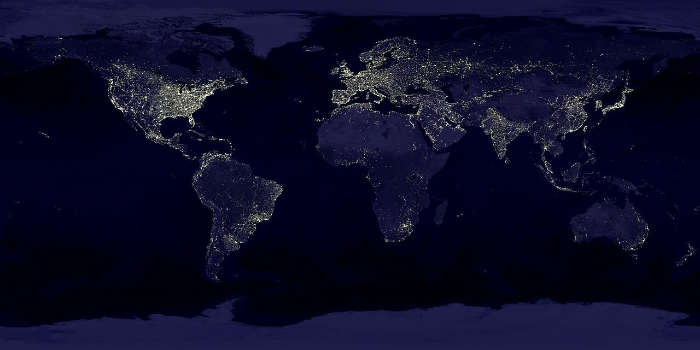Milk Consumption by Country 2025

0
50
100
150
200
250
300
350
400
5 Countries that Consume the Most Milk
- Total consumption values are expressed in kilotonnes (i.e., a displayed value of 39.25 = 39,250 tonnes)
- Also known as a metric ton, one tonne = 1,000 kg, or roughly 2,204.6 lbs.
- Per capita consumption values are expressed in kilograms per capita per year.
Milk consumption in the United States experienced a slight uptick beginning in 2020 and continuing into 2022. As supply chain disruptions caused issues with importing due to Covid-19 closures, the demand for locally sourced milk and dairy products has risen.
Still, milk production experienced no growth over the same time frame, with the average number of milk cows decreasing by 47,000 since 2020. The lessened supply has factored into the rising costs of milk worldwide, but especially in the United States.
While consumers in the U.S. still demand lactose-free milk alternatives, companies have tried to counter this trend by focusing their marketing on the health advantages of milk, namely its high protein value.
Milk Consumption Around the World
A study by the International Milk Genomics Consortium found that, around the world, younger adults drink less milk than older adults. This trend suggests that older adults are responding to the advice about combating osteoporosis or that there is a shift in habits between generations. The report also shows that the global average calcium consumption is far below the level recommended for adults by the U.S. National Institutes of Health (NIH). The NIH recommends 1,000-1,300 mg of calcium daily, while the global average consumption was 629 mg per day.
Additionally, the report found a strong correlation between milk consumption and national per capita income. Wealthier countries had much more milk in their diets than low-income countries, drinking about 5.8 ounces of milk on average per day vs. drinking 2.4 ounces on average. Another factor to consider in milk consumption is the prevalence of lactose intolerance in each country. In some countries, lactose intolerance can be as high as 100% of the population, such as in Yemen and South Korea. Lactose intolerance greatly affects the amount of milk consumed by a population, as well as dairy in general.
Milk Consumption by Country
The numbers below represent the most complete data available on global milk consumption. However, current trends suggest that India’s annual milk consumption has far outpaced countries in the European Union, making the country the largest producer and consumer of cow milk. Europe still holds a significant share of the world’s dairy consumption. The dairy sector is the second-largest agricultural sector in the EU. Additionally, lactose intolerance is low in many European countries, especially in Northern and Central Europe.
























